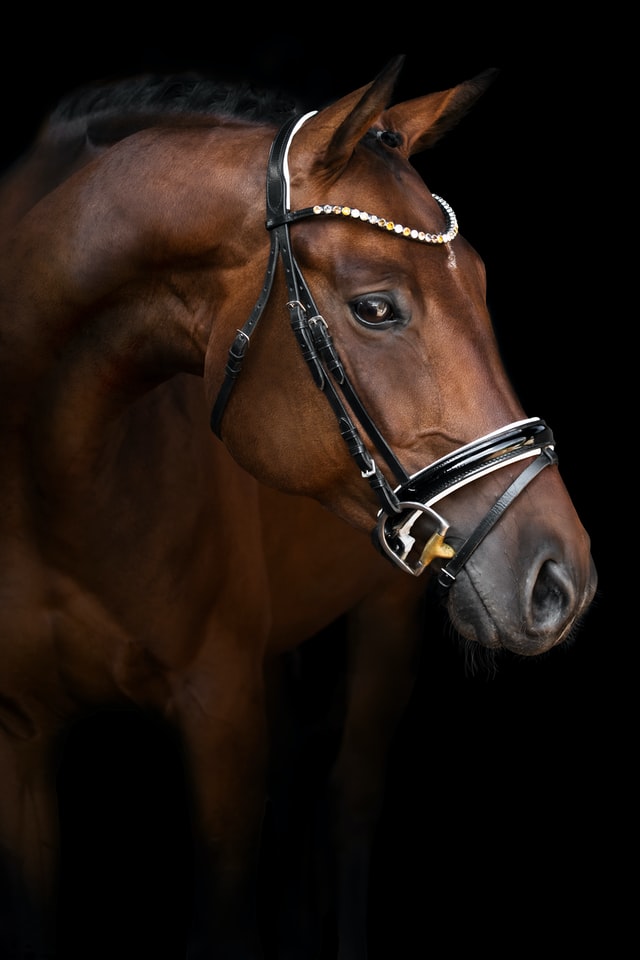
How a Wood Horse Jump Helps an Equestrian
Wood is an excellent material for making jumps for equestrians. It makes the jump look more professional. PVC pipes are not ideal since they can break into sharp edges. Wood is also a good option, and sanding makes it look better. Here are some tips to make the most of a wood horse jump:
Build a wood horse jump
You can build wood horse jumps to help your equestrians practice their skills. Before beginning, measure the distance between your posts and the height of the jump. Next, cut the boards into equal lengths and place one end in each cup. Finally, make sure the height of the jump is not crossed across all the boards, or you’ll end up with uneven jumps.
To build the standards, cut two pieces of 2×4 lumber into 16-inch lengths. These pieces are the pinwheel legs that support the jump. You need 8 pieces for each standard. For the baseboards, cut four landscape timber pieces at 4 feet each. Make sure that the pieces are positioned at least half an inch from the pole edge. After cutting the timber, you’re ready to construct the jump.
Set up a Normandy bank
Setting up a Normandy bank is a challenging obstacle for your horse. It involves two types of blocks, a bank, and a ditch. In addition, a Normandy bank often includes a striding fence in addition to the bank. This bank is commonly found on cross-country courses and requires a bold leap. However, once your horse is confident with this jump, you can move on to the next obstacle, the Normandy bank.
The jump is made up of two types of obstacles. You can build a short bank with a cabin at the top and a shorter one with a log on top. These obstacles are used for training younger horses or jumping. The Normandy bank can range in complexity, depending on the competition.
Adjust the height of the jump
If you are an equestrian, you should know how to adjust the height of a wood horse jump to improve your technique. If your horse is prone to overjumping, you should start by adjusting the height of the wood horse jump as low as possible. Try to avoid throwing your weight over the horse’s neck, making it difficult to jump over it. If this does not work, you should increase the height of the wood horse jump.
Before adjusting the height of a wood horse jump, you should determine where the horse will reach the top of its arc. You should try to have your horse reach the top of the arc as soon as possible, but you should not push it too far. A horse whose arc peaks beyond the fence is more likely to knock down the rails. Hence, you should adjust the height of a wood horse jump according to the ground line of the horse.
Improve the work rate of a wood horse jump
There are many ways to improve the work rate of a wood horse jump used by an equestrian. Starting with a simple approach, you can increase the difficulty level. During this long approach, you should be in a posting trot. Once you have approached the fence, set the poles in a jumping position and allow the horse to jump. Be sure to maintain the jumping position and place the poles correctly.
After determining the best distance for the fence, Wood studied dozens of competitors’ approaches to 10 different jumps. Next, the study compared the results of 10 other jumps used in cross country courses, ranging from the preliminary to the CCI5*. Finally, wood’s study incorporated a statistical ensemble analysis of the results to identify factors that could trigger the activation of safety devices.
Securing a wood horse jump
There are many methods of securing a wooden horse jump. One method uses two-foot-long pieces of lumber with a point-on end drilled into the ground next to the jump. The other method is to screw a wooden stake to the jump. Both methods have pros and cons. One type of anchor is easier to install than the other, but both are viable options.
A horse jump pole needs nine holes drilled into each end. The poles must be spaced six feet apart. Then, insert two or three jump cups. These cups hold the bar at the desired height and are usually shallow. Regardless of the method used, the horse jump should look as professional as possible. After securing the wood horse jump, you can paint it. If you’re worried about dry-rot, you can use white paint, but measure first.
Using a wood horse jump to raise or lower an equestrian
Consider purchasing a wooden one if you’re in the market for a new equestrian jump. A wooden jump can be used for various purposes, including jumping or showing. However, before making the purchase, make sure to take some precautions. Check its joints and feet for cracks and splinters to avoid dragging the jump. Also, don’t forget to check the rails for damages and use a cordless drill to repair any holes or splinters.
One of the most important things to consider before deciding on this equestrian jump is its shape. This type of obstacle is much different from the standard equestrian jump, which consists of removable poles set in jump cups. While the traditional jump features removable poles, a wooden table has a solid, one-piece top. This makes it easier for the horse to jump over it without accidentally touching the surface. In addition, wood horse jumps are typically built with a raised back section and a piece of wood in the middle. This will ensure that the jump is wide enough for the horse to see.
